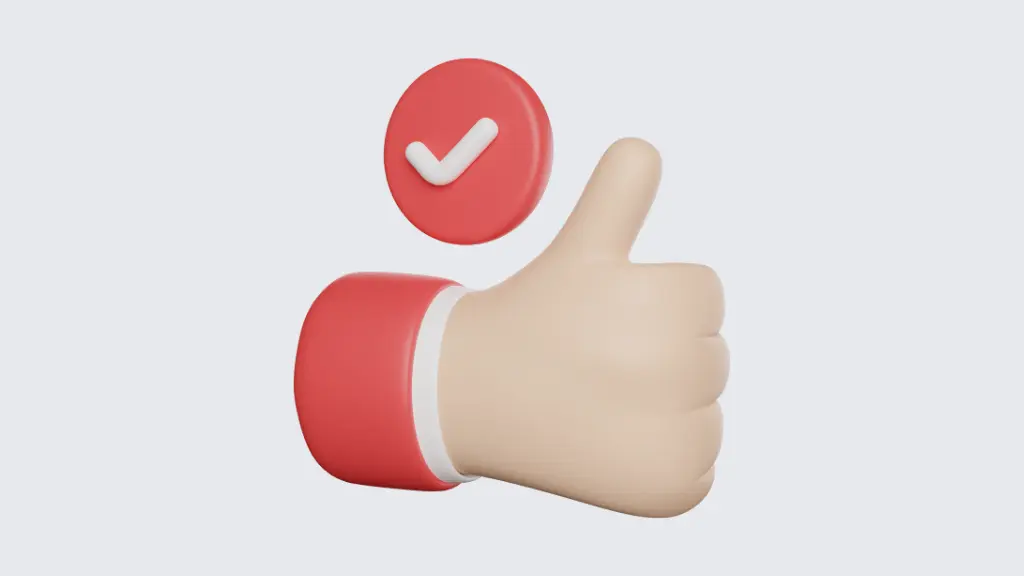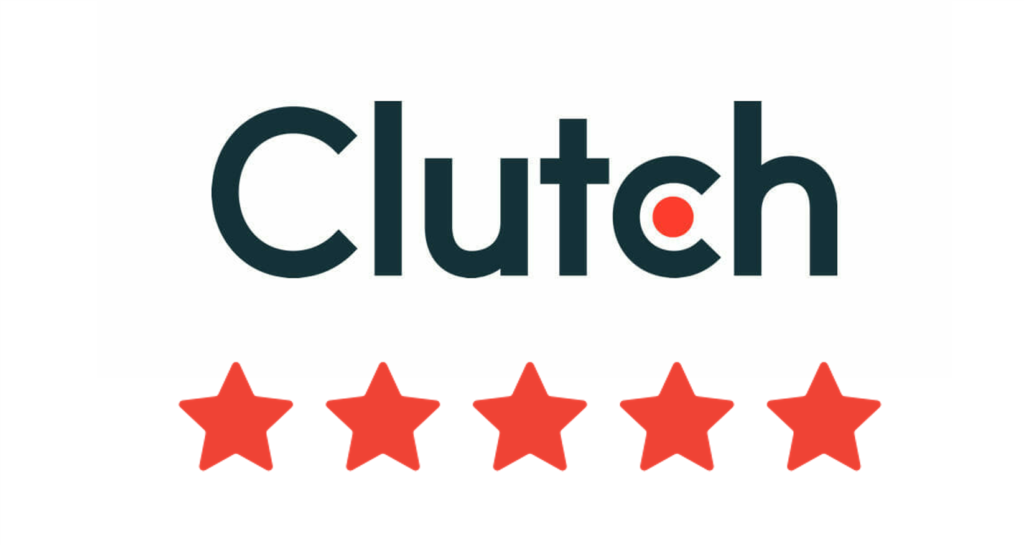As the digital landscape continues to evolve, businesses of all sizes, from startups to large enterprises, are competing fiercely to achieve their objectives.
To stay ahead in the future, companies are experimenting with various digital marketing strategies aimed at capturing the attention of their target audiences.
Whether you’re a newcomer to the digital realm or an experienced player, you likely recognize SEO’s pivotal role in propelling your business toward its audience.
Adhering to SEO principles and optimizing your website and content according to SEO requirements is crucial for gaining online visibility and organic traffic.
In this context, it’s imperative to comprehend the factors that search engines take into account when ranking your website.
Understanding how search engines crawl and index your website or web pages is key. Have you ever encountered the terms “crawler directives” or “robot commands“?
Explore the insights into the influence of crawler directives or robot commands by delving into this blog.
Crawler Directives: What Are They?

Crawler Directives refer to instructions issued to web crawlers, also known as spiders or bots, guiding them on how to crawl and index the content of a website.
These directives hold significant importance in the realm of search engine optimization, particularly within industries like SAAS and technology, where online visibility plays a pivotal role.
By utilizing crawler directives, website owners gain control over which sections of their site. That should be crawled and indexed, influencing the presentation of their content in search engine results.
The significance of crawler directives has surged alongside the advancements in search engine sophistication and the growing complexity of websites. In the past, search engines easily crawled basic HTML websites without requiring specific directives.
However, with the evolution of websites into more intricate structures and the increased complexity of search engine algorithms. The guidance and optimization of crawler behavior have become imperative for effective SEO.
Common varieties of crawler directives encompass:
- Robots.txt: A file situated at the root of a website, informing crawlers about pages they should refrain from crawling.
- Meta Robots Tags: HTML tags within a page’s head section, furnishing indexing instructions to crawlers.
- Sitemap: A file listing all the URLs of a site, aiding crawlers in discovering and indexing content.
In sectors like SaaS and technology, characterized by frequent content publication and regular product updates, proficient management of crawler directives is essential.
This ensures that the most pertinent and valuable content remains easily accessible and discoverable by search engines.
Crawler Directives: Why Are They Important?

Crawler directives play a crucial role in the digital landscape, particularly for businesses operating in the SaaS and technology sectors. The significance of these directives is highlighted through various aspects:
a. Search Visibility: Utilizing directives appropriately ensures that essential content is crawled and indexed, contributing to improved online visibility.
b. Resource Management: Directives act as a preventive measure, stopping crawlers from expending resources on irrelevant or duplicate pages, thus optimizing resource management.
c. Content Control: They control how content is accessed and presented by search engines, influencing the display of content in search results.
The effective management of crawler directives extends beyond a technical aspect of website maintenance; it is a strategic element of online marketing and SEO efforts.
What Exactly Is A Robots.Txt File?
A robots.txt file serves as a directive that guides search engine robots or crawlers in navigating a website. These directives function as commands during the crawling and indexing processes, providing instructions to search engine bots like Googlebot on the appropriate pages to access.
Located in the root directory of websites, robots.txt files are plain text files and can be found at the address “www.robotsrock.com/robots.txt” if the domain is “www.robotsrock.com.” Bots utilize robots.txt files for two primary purposes:
Note that the robots.txt file differs from noindex meta directives, as the latter prevent pages from being indexed.
To enable crawling through a specific page or subfolder when crawling through its parent has been disabled.
a. Why Are Robots.Txt Files Used?
The use of robots.txt files is essential to prevent the constant crawling of non-essential sites, which could potentially slow down servers and hinder SEO efforts.
By controlling when and what bots crawl, robots.txt files contribute to efficient SEO practices.
They ensure effective search engine crawlers promptly register positive improvements in header tags, meta descriptions, or keyword usage resulting from new optimization actions, leading to quicker rankings.
b. What Is The Location Of The Robots.Txt File?
You can determine the location of the robots.txt file by entering the domain URL into the browser’s search bar and adding “robots.txt” at the end.
This method works universally because the robots.txt file is typically placed in the website’s root directory.
c. What If The Robots.Txt File Isn’t Visible?
In cases where the robots.txt file isn’t visible, it may either be empty or missing from the root directory, resulting in a 404 error.
Regular checks of the website’s robots.txt file are recommended to ensure visibility. Various website hosting providers, such as WordPress or Wix, often handle crawling setups for users, allowing them to choose whether the page should be hidden from search engines.
c. Robots.Txt Vs. Meta Instructions For Robots
It’s crucial to distinguish between robots.txt and robot meta directives. While both serve similar functions, the key difference lies in their specificity.
Robots.txt provides suggestions on how search engines should navigate a site, while robots’ meta directives offer more specific instructions for crawling and indexing.
Top 5 Crawler Directives to Be Aware of!

1. Allow
Instruct search engine bots to index and crawl web pages with the ‘Allow‘ directive. It facilitates access to various URLs, sections, and files within the website’s root directory, allowing webmasters to guide crawlers to specific areas for exploration, ensuring smooth crawling of high-quality and optimized pages.
2. Disallow
The ‘Disallow‘ directive, contrary to ‘Allow,’ guides search engine bots on which part of web pages to restrict from crawling and indexing.
This directive helps conserve the crawl budget for high-quality content, protects sensitive information, and conceals unnecessary content from users’ view.
3. Crawl-Delay Directive
The ‘Crawl-Delay‘ directive is essential for websites with significant search engine crawler traffic or limited server resources.
It dictates how often search engine bots should crawl the website, specifying a time delay in seconds between requests to the server.
4. Noindex Directive
The ‘Noindex‘ directive prevents search engine bots from indexing specific pages during the ranking process.
Implement this directive in the HTML code using meta tags to restrict indexing for pages that are not fully developed, resolve duplicate content issues, and eliminate low-quality content.
5. User-Agent Directive
The ‘User-Agent‘ directive selectively grants access to specific web crawlers to crawl designated sections of the website.
Through the ‘robots.txt‘ file in the website’s root directory, this directive allows control over crawler behavior, safeguarding privacy and sensitive data from malicious bots.
Conclusion
Preventing various search engine bots, such as Google bot, from crawling your web pages is not possible. Page crawling is also a crucial element for getting indexed and achieving a high rank on search engines.
Nevertheless, you can influence or direct how these crawlers behave on your website. Utilize crawler directives to instruct bot crawlers and ensure that only the essential pages are indexed.
Taking specific measures to ensure that your website is crawl-friendly is also within your control. So, what are you waiting for?
Evaluate your site and implement the necessary crawler directives for your pages!
Frequently Asked Questions
1. What crawler in SEO?
In SEO, a crawler refers to a program utilized by search engines for gathering data from the internet. When a crawler visits a website, it systematically examines the entire content, including text, and stores this information in a database. Additionally, it records both external and internal links associated with the website.
2. How does a crawler work?
Regarding how a crawler operates, it begins with a seed, which is a list of known URLs, as the total number of web pages on the Internet is unknown. These web crawler bots initiate the process by crawling the web pages at the provided URLs. They identify hyperlinks leading to other URLs and subsequently add them to the list of pages to be crawled next.
3. What is the difference between crawling and indexing?
Distinguishing between crawling and indexing, crawling involves discovering pages and links that lead to additional pages. Indexing entails storing, analyzing, and organizing content along with connections between pages. Certain aspects of indexing contribute to guiding how a search engine carries out crawling.
4. What is a crawling algorithm?
The fundamental method for web crawling retrieves (I) a web page (II) Extract every connected URL by parsing it (III) Repeat (I) through (III) for every site URL you haven’t seen before. Due to the vast size of the internet, our online search engine cannot index every domain under www.




